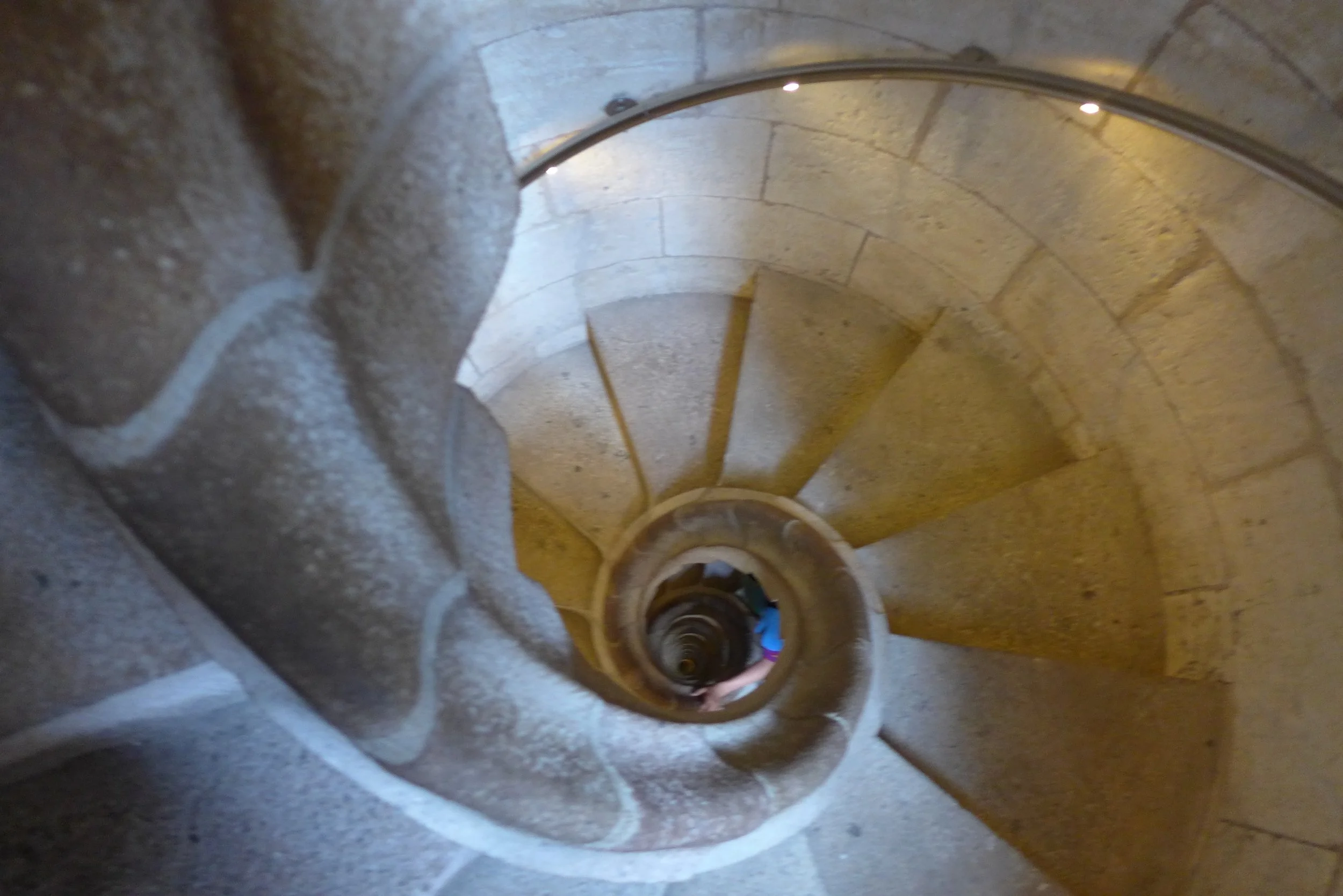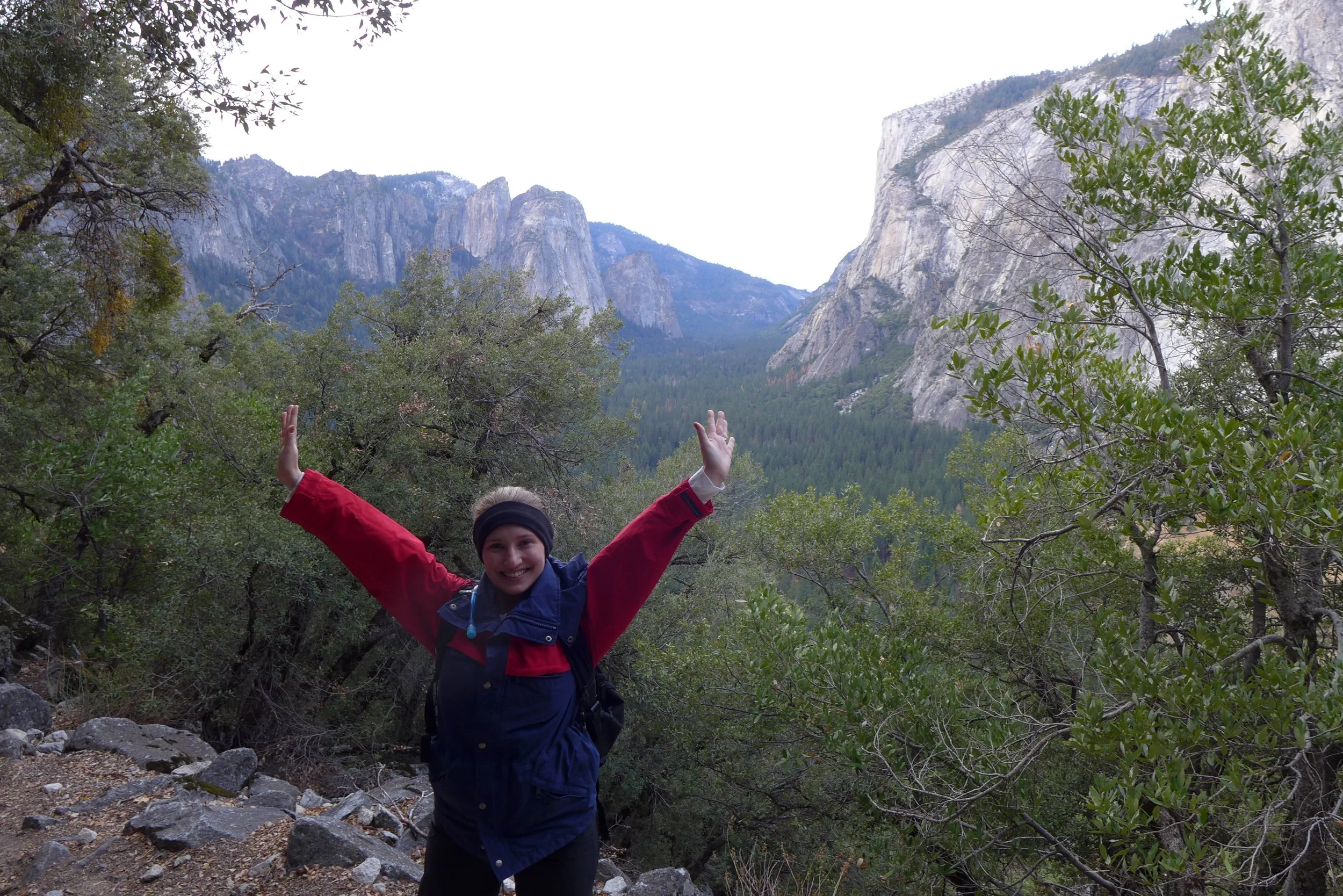
The embryological perspective in traditional Osteopathy

What does holistic medicine actually means?

RECLAIMING THE RHYTHM: UNDERSTANDING MENSTRUATION AND CHRONIC PAIN AS VITAL HEALTH SIGNS

Re-Evaluating Common Pediatric Complaints Through the Lens of Osteopathy

A Simple Introduction to Epigenetics: Updating Our Perspective on How Our Genes Influence Our Health

Osteopathic Evaluation for Sleep Apnea In Children

Mold: A Barrier to Your Healing?

Reconnecting with Nature for Healing: How Osteopathy and the Natural World Align for Wellness

A Simple Introduction to Epigenetics: Updating Our Perspective on How Our Genes Influence Our Health

The Landscape of our Autonomic Nervous System

How to Use Osteopathic Manipulative Medicine (OMM) as Part of Your Integrative Medical Care
I get a lot of calls from patients asking if I would manage their medications and chronic conditions. My answer is always the same: “I am part of the treatment plan.” Although I am Board Certified in Family Medicine and Osteopathic Manipulative Medicine (OMM), my specialty and scope of practice lies with diagnostically palpating the body, and treating the body with various hands-on techniques that help restore its inherent motion. If we improve the motion of the anatomy, the function of the body improves.
Most commonly, osteopathy becomes part of the treatment plan when patients are not getting better or have hit a plateau. Ideally, osteopathy works best prior to starting physical therapy or occupational therapy, prior to surgical interventions, and, at times, prior to starting medication.
One of the tenets of osteopathic medicine is that “the body has an innate capacity to heal,” so the osteopathic inquiry is to evaluate why the body is “stuck” or why the body isn’t healing. So, prior to managing symptoms, it is worth addressing the anatomical landscape of the body to unwind and un-restrict injuries that are holding the body up prior to starting interventions.
Medicine is an art form. With every patient, medicine should provide an individualized and holistic approach as to how best to support the patient’s function in life, while unwinding the past injuries that may have led to their current health expression.
Many patients ask, “Should I come to you after completion of physical therapy or occupational therapy?”
My recommendation is to always come before physical therapy or occupational therapy. OMM evaluates head to toe and unwinds the places in the body that are most restrictive and are critical barriers to the body’s physiological functioning. After completing 1-4 sessions (on average), the body is ready -- from a “new body platform” -- to learn and strengthen its bio-mechanical body.
If we don’t unwind prior restrictions, physical therapy, and occupational therapy may be strengthening or further enforcing a compensatory pattern. That may provide relief in the short term only. This usually occurs in instances where patients state that they got 80% better, but were not completely relieved, or that symptoms returned if they discontinued their exercises. Using OMM prior to starting most movement therapies is immensely beneficial in treating the patterns that led to their current functioning.
Some patients ask, “Do I need to come weekly, and for how long?”
OMM is a deep, slow, and transformational treatment. Depending on the history of an individual, treatments may occur every 4-6 weeks for a few months. Most commonly, I see the individual 3-5 times over the course of 3 months to get over the “hump” of chronic compensatory patterns in the body.
After establishing and correcting the root cause of injury/disease and establishing healthy functioning of the nervous and lymphatic systems, OMM is best utilized in its preventative role -- which is to have a treatment 2-4 times a year.
Patients utilize OMM preventatively prior to undergoing a surgical procedure, prior to a dental procedure, or prior to a stressful event/trip. Optimizing the body’s functioning prior to undergoing a stressful event allows the body capacity to adapt and to recover more efficiently.
Patients are always asking about the homework they need to do at home.
The most common piece of advice I give is for patients to stay out of the way. Let the body do what it is made to do. Medicine is not algorithmic. There is no perfect recipe for health, happiness, or longevity.
One of the goals of osteopathy, is for patients to incorporate their body into their awareness, where they are able to listen to their gut and understand what the body needs and when it needs it. Does the body want to rest and restore today? Does the body want to walk or run today? Does the body want to meditate in silence today? Does the body want to sweat or dance today?
It’s like your morning stretch – it’s different and unique every day. As patients get out of the way, they lessen their need to measure their steps or dedication to completing daily 5 a.m. work-outs. Their innate understanding of health starts to shift, and the need to “be a part of a gym or have a personal trainer to maintain health” paradigm is dissolved.
Osteopathy provides an integration of mind and body to start understanding – on a daily basis – what the body needs. Those algorithmic protocols and habits may have served patients at some point in their life, but the goal is to establish an internal rhythm and understanding of your unique body requirements for the day. Which complementary modality is right for me?
Again, this is unique to every individual. Health can be found in many places. For some individuals, a radical diet change proves remarkable for their condition. Others realize a benefit with an acupuncture session.
As the body unfolds and unwinds with Osteopathy, its balance of function and mind-body attunement is restored. This is where one starts to understand how and when a massage is beneficial for them, or when they feel like they need talk therapy to resolve some issues.
This ebb and flow of life and medicine should ebb and flow as life does. Different modalities are appropriate at different times of life. At times vinyasa yoga (active) may be beneficial to the body, and other times yin yoga (restorative) is what the body would benefit most from. Allowing one to step away from a routine and consistent regimen to “feel” as if they are supporting their health, is a huge step forward to begin healing.
Who absolutely needs OMM as part of their integrative care?
Those individuals with history of:
-Birth trauma
-Poor nursing as a child
-Fussy baby
-Plagiocephaly
-Torticollis
-Recurrent ear infections as a child
-Surgeries
-Motor Vehicle Accidents
-Concussions
-Orthodontic care
-Stress
-Trauma

The Hidden Rivers of the Body

Osteopathic Approach to the OraL Cavity

What is Health? The Personal Journey of an Osteopath

Osteopathy and our Secret Health
What is Osteopathy?

The Piston of the Body
Use your anatomy to improve functioning of the health!

